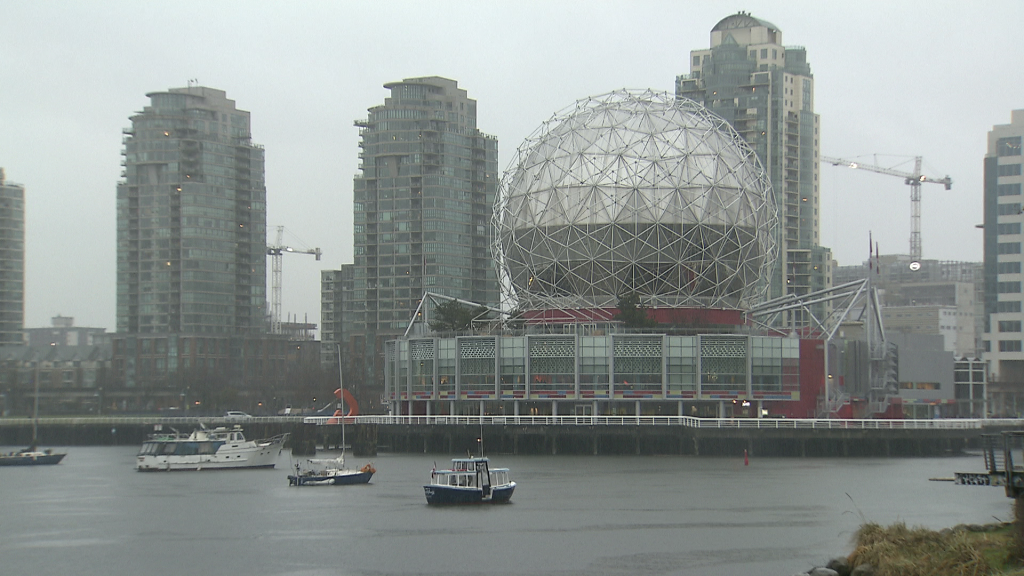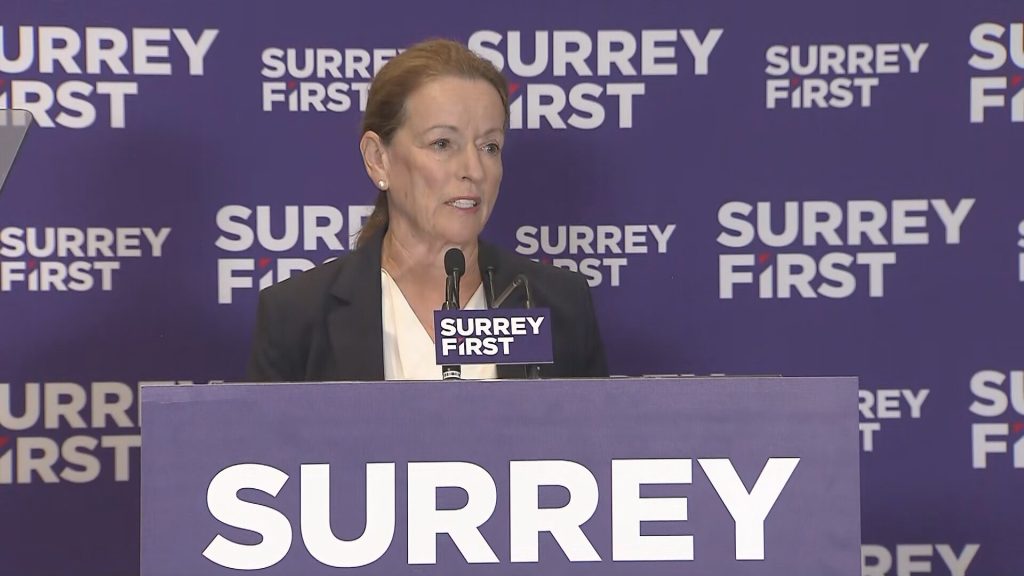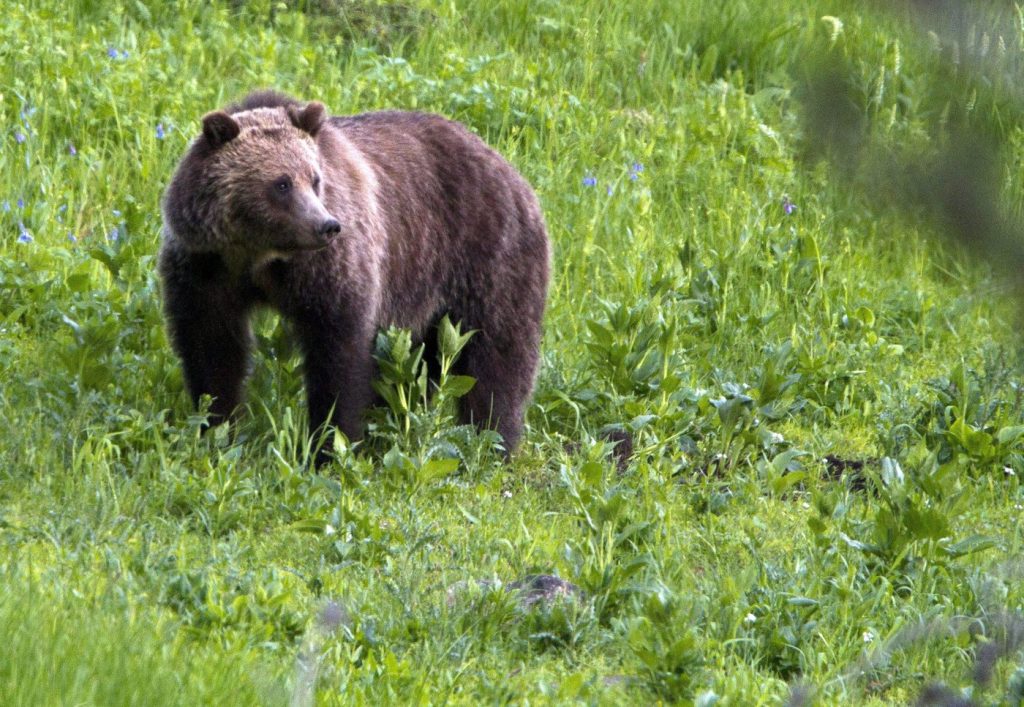A Canadian first: Rogers fights climate change, wildfires with technology
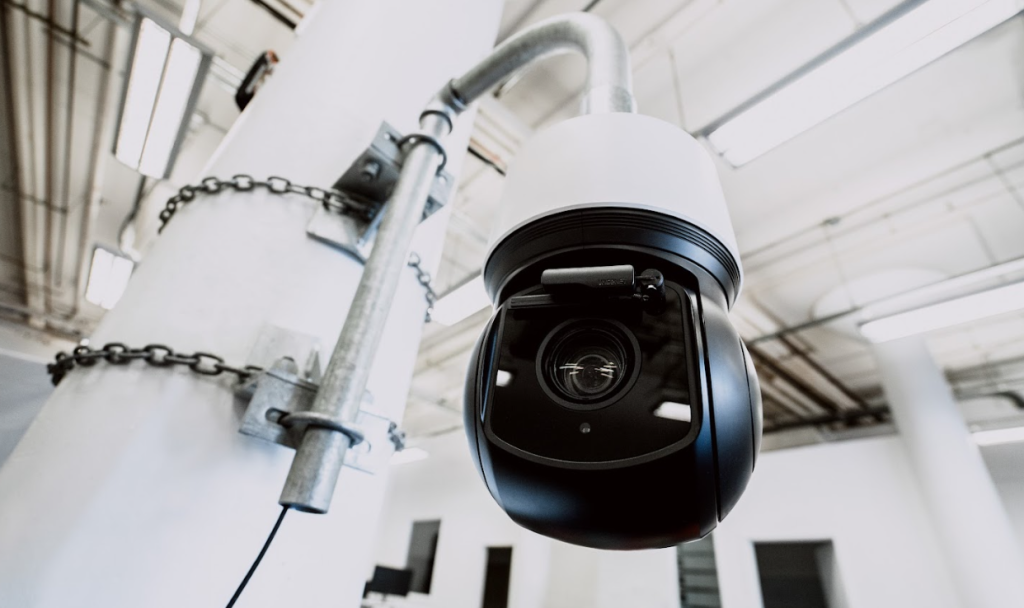
Posted September 21, 2023 7:00 am.
Last Updated September 22, 2023 10:46 am.
As the country deals with its worst wildfire season on record, a leading Canadian telecom is taking steps to fight climate change.
Rogers announced Thursday it’s investing in new technology to capture smoke before wildfire flames erupt.
“Climate change is a global issue,” said Rogers CEO Tony Staffieri, speaking against the backdrop of tinder-dry mountains in Vancouver this week.
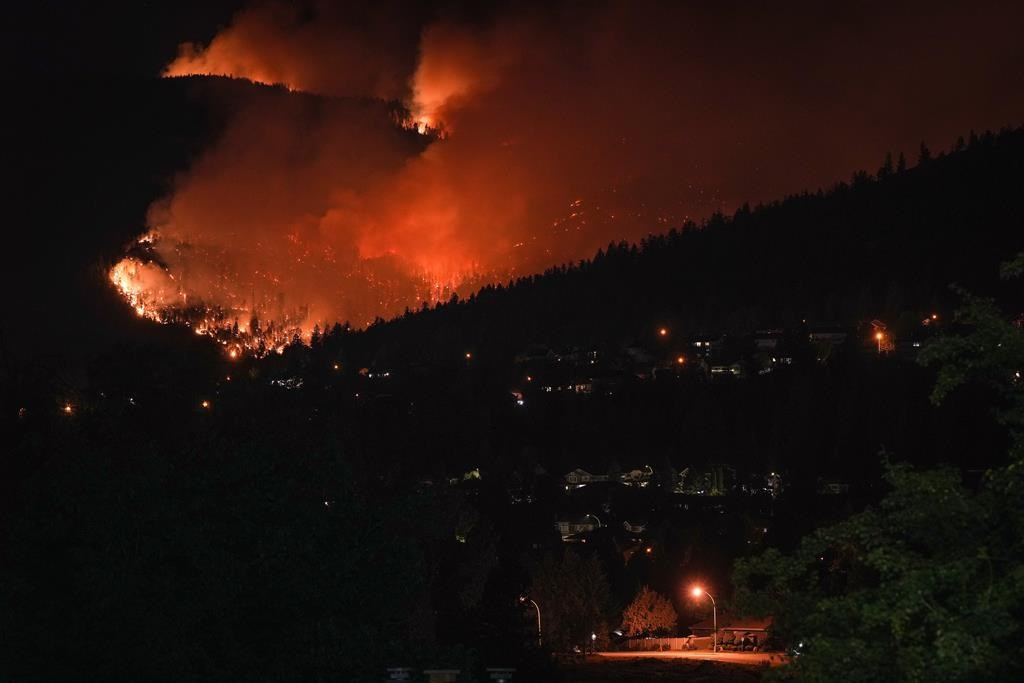
The McDougall Creek wildfire burns on the mountainside above houses in West Kelowna, B.C., on Friday, August 18, 2023. Residents of hard-hit Wilson’s Landing in the West Kelowna, B.C. area were granted a four-hour access window Friday to access their homes to retrieve important items as an area-wide restriction order was extended to Sept. 15. THE CANADIAN PRESS/Darryl Dyck
He explains this is a three-pronged attack that includes three initiatives: detection, prevention, and management.
Staffieri explains that on top of Rogers cell towers in parts of northern B.C., specifically near Fort St. James, Smithers, and Chetwynd, Artificial Intelligence cameras are being installed that can detect smoke up to 20 kilometres away.
“The second phase is the prevention of the forest fires. We are installing SpaceX sensors in the ground that will detect soil conditions, as well as weather conditions, so that they can predict [in] real-time where these forest fires are likely to erupt, and the last is making sure that our first responders have what they need to stay connected,” said Staffieri.
The company has also donated satellite phones to the BC Search and Rescue Association to help them communicate, in case of emergency.
Related Articles:
-
Some relief is on its way for Peachland wildfire, officials say
-
More wildfire evacuation orders coming down around West Kelowna
-
West Kelowna wildfire evacuees may experience trauma: officials
Staffieri explains why the company chose B.C. to kickstart this program.
“There’s an immediate need in B.C. With the range of fires, together with the very rugged geography that we have, we’re trying to make sure that the piloting and the testing technology works well in this kind of environment and then we will quickly expand it to the rest of the country.
“Wildfires are an issue for all of Canada and we’re committed to make sure we do the right thing across all the provinces — trying to target the areas that need it most first, and then more broadly.”
The data collected will be shared by the BC Wildfire Service and the University of British Columbia to map out in real-time a type of warning system.
“They’ll put it into their AI models so that they start to develop this predictive and detective technology and processes to better respond throughout the wildfire situation. This is going to be an evolution and we’ll continue to get better and better.”
He adds the technology can also be used to detect other natural disasters.
“These sensors were developed not only for forest fires, but with respect to earthquakes and floods.”
“These are sensors that we’ve been working with UBC for several years now … and what we now have is the ability to link those sensors, not only to our cellular network, but to the SpaceX satellite, and that’s what makes this exciting.
“Those sensors will always be on, always provide real-time data and we can track what’s going to happen.”
The ideal goal, Staffieri stresses, is to develop an early warning system. “The primary goal, in addition to preventing [wildfires], is allowing [crews] more time and more tools to be able to get on it early, which is going to be really important.”
The technology is being seen as a game-changer for those involved in this project.
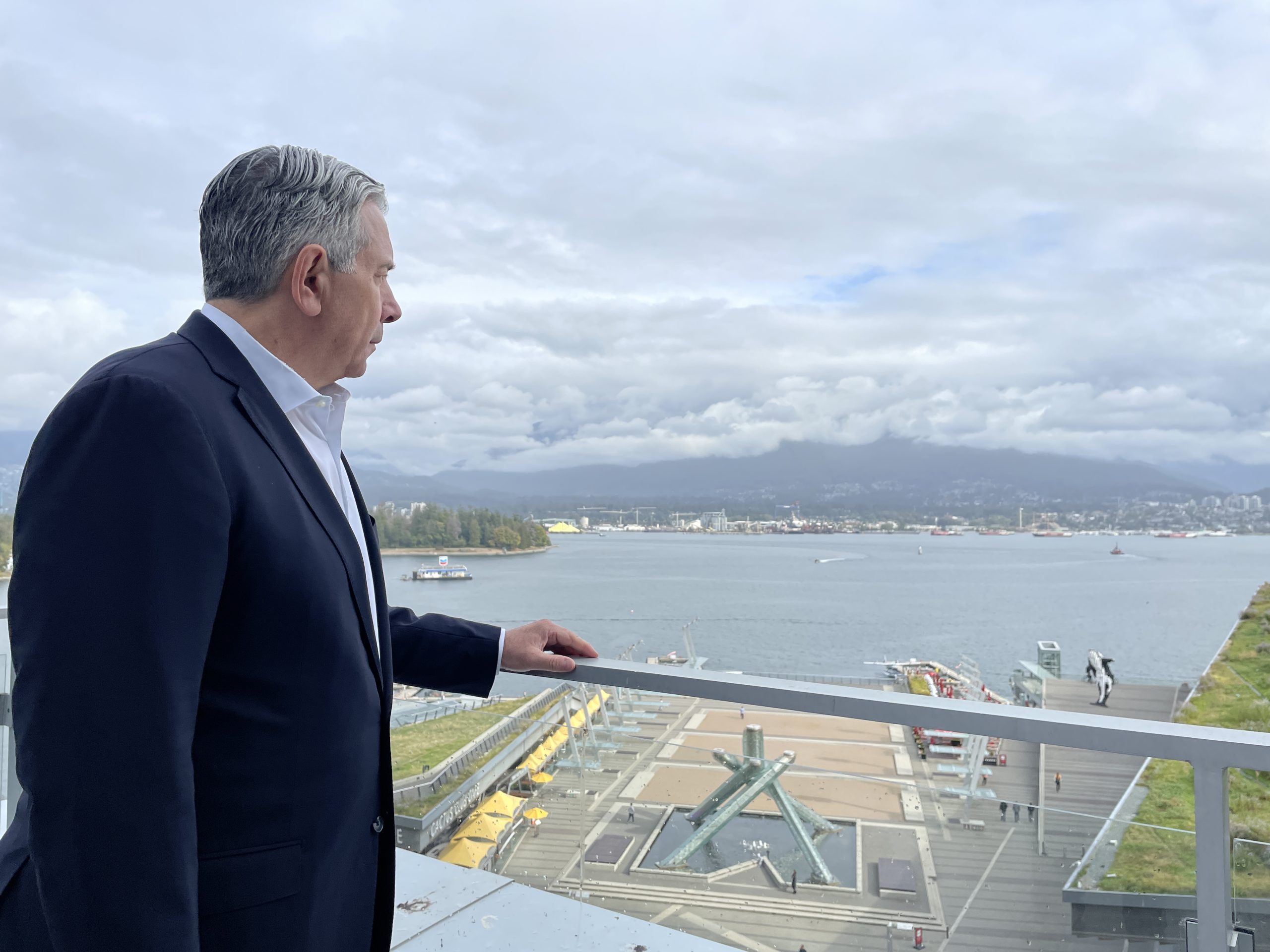
Rogers CEO Tony Staffieri announced on Thursday, Sept. 21, 2023, new technology to help detect, hopefully prevent, and manage wildfires. (Sonia Aslam, CityNews Image)
“Early detection of wildfires is critical in preventing their spread to help protect communities and our forests,” said Sonia Kastner, CEO of Pano AI.
“With the reach of the Rogers 5G network, we are proud to work together to deploy our AI-powered cameras to detect, confirm, and pinpoint new fire ignitions within minutes in some of the most remote parts of British Columbia.”
Dr. Mathieu Bourbonnais, assistant professor in the department of earth, environmental, and geographic sciences at UBC Okanagan, has been working on this project for about two years.
“Fire seasons like this lend some urgency to that kind of work and what new technologies we can actually bring to forests and to our communities to help better prepare for fire, but also to respond to fires better.”
Information collected can help mitigate wildfires, be proactive, professor says
He thinks this can help firefighting efforts.
“What are the conditions of the fuel? What is available out there to burn and how likely is it to burn? If we have an understanding of where our risk is highest on the landscape, that allows us to be more ready when fires do start. Maybe we’re not as surprised when we see some of this fire growth that we’re seeing now because of these sensors. It also allows us to be more proactive about it.”
He says the devices will help map out where the risks of a potential fire are highest.
“Everything relies on how fast you can get on that fire. Early detection in a lot of parts of the province is pretty good. Here in the Okanagan, where I live, fires are detected quite quickly just by people being out and they see the smoke and they call it in, but in some northern communities or more rural or remote communities, you don’t have that same population.
“So, fires can take a little bit to get spotted. If camera systems can help fill that gap where we can detect fires quicker… that can help.”
Bourbonnais says 15 of these cameras were lost in the McDougall Creek wildfire in West Kelowna.
“If we had a mountain-top camera or a camera that provided a good vantage point of the area [because] that night on Aug. 19 was pretty chaotic, ‘Where is the fire? What is it doing?’ If you can just log on to a system… that allows people to have a little more situational awareness.”
He thinks the information will also help crews determine the scope of evacuation alerts or orders.
“There’s this dynamic that fire does still play a role in our ecosystems and an important role. There are some fires in very, very remote locations that aren’t anywhere near communities where maybe we don’t actually want to be actively fighting that fire.
We just want to monitor it and let it do its thing, but we’re still keeping an eye on it, so we make sure it doesn’t turn into anything worse. Right now, we, rely on aircraft to do that. With a camera system or some variation of it that might provide us some opportunity to remotely monitor fires.”
Bourbonnais admits there are going to be hurdles ahead to adopt technology to work across the Canadian landscape as climate change worsens, as B.C. is pegged as a hot spot for these kinds of major events.
“We’re at the point where it’s time to think outside the box about how we do this kind of stuff and hopefully we can make some real progress.”
He says this technology will play a big part as crews slowly prepare for next year’s wildfire season.
“The off-season is becoming shorter because the fire seasons are becoming that much more strenuous.”
So far this year, nearly 6,000 wildfires were sparked from coast to coast, many of them in B.C., leaving more than 15 million hectares of land scorched.
Rogers is the parent company of this station.
